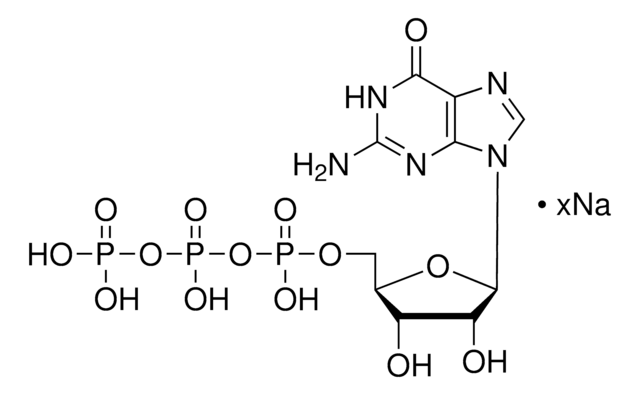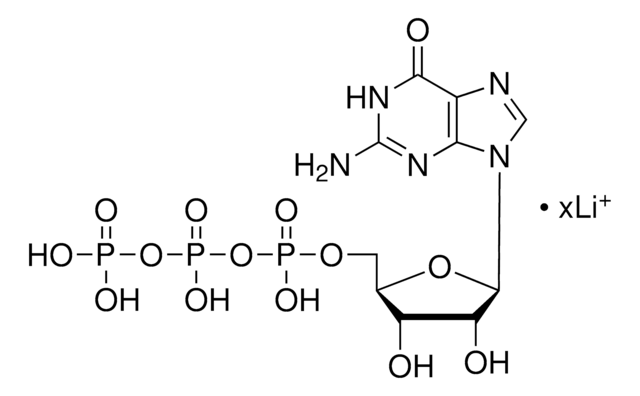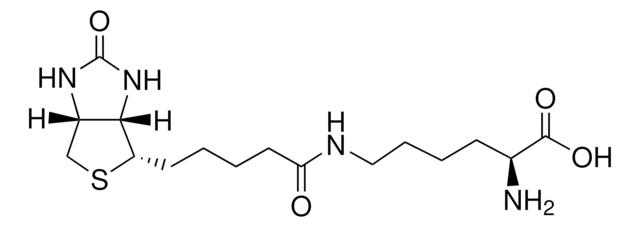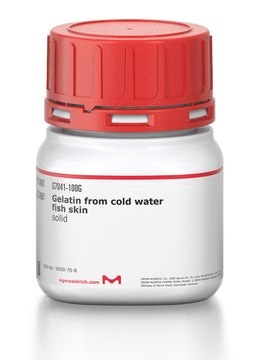M7273
Anti-Microtubule-Associated Proteins (MAPs) antibody produced in rabbit
whole antiserum
Sign Into View Organizational & Contract Pricing
All Photos(1)
About This Item
Recommended Products
biological source
rabbit
Quality Level
conjugate
unconjugated
antibody form
whole antiserum
antibody product type
primary antibodies
clone
polyclonal
contains
15 mM sodium azide
species reactivity
mammals
technique(s)
western blot: 1:200
UniProt accession no.
shipped in
dry ice
storage temp.
−20°C
target post-translational modification
unmodified
Gene Information
human ... MAP2(4133) , MAPT(4137)
mouse ... Mapt(17762) , Mtap2(17756)
rat ... Map2(25595) , Mapt(29477)
General description
Microtubule-associated protein 2 (MAP2) is a neuronal protein. It belongs to the MAP2/Tau family. This gene is located to human chromosome 2q34-q35. MAP2 is present in neurons. MAP2 is the major microtubule-associated protein of brain tissue. There are two major classes of heat stable MAPs; two are similarly sized with apparent molecular weights of 280kDa (MAP2a and MAP2b) and the third with a lower molecular weight of 70kDa (MAP2c).
Specificity
Reacts with the two major classes of heat stable MAPs (MAP2 and τ). Does not react with MAP1 or tubulin.
Immunogen
heat stable MAPs prepared from bovine brain.
Application
Anti-Microtubule-Associated Proteins (MAPs) antibody produced in rabbit has been used in:
- immunofluorescent labelling
- immunohistochemistry
- immunoprecipitation
- immunofluorescence staining
- western blotting
Biochem/physiol Actions
Microtubule-associated protein 2 (MAP2) interacts with microtubules to maintain the structure of dendrites. It plays a major role in supporting the actin cytoskeleton in spines, binding and nucleating filamentous actin (f-actin) to modulate spine morphology. Microtubules function as structural and mobility elements in mitosis, intracellular transport, flagellar movement and in the cytoskeleton.
Disclaimer
Unless otherwise stated in our catalog or other company documentation accompanying the product(s), our products are intended for research use only and are not to be used for any other purpose, which includes but is not limited to, unauthorized commercial uses, in vitro diagnostic uses, ex vivo or in vivo therapeutic uses or any type of consumption or application to humans or animals.
Not finding the right product?
Try our Product Selector Tool.
Storage Class Code
10 - Combustible liquids
WGK
WGK 3
Flash Point(F)
Not applicable
Flash Point(C)
Not applicable
Choose from one of the most recent versions:
Already Own This Product?
Find documentation for the products that you have recently purchased in the Document Library.
Dynamic Instability of Microtubules Assembled from Microtubule-Associated Protein-Free Tubulin: Neither Variability of Growth and Shortening Rates nor ?Rescue? Requires Microtubule-Associated Proteins
Billger MA, et al.
Biochemistry, 35(42), 13656-13663 (1996)
The MAP2/Tau family of microtubule-associated proteins
Dehmelt L, et al.
Genome Biology, 6(1), 1-10 (2005)
Increased Phosphorylation of Ca/Calmodulin-dependent Protein Kinase II and Its Endogenous Substrates in the Induction of Long Term Potentiation
Fukunaga K, et al.
Test, 270(11), 6119-6124 (1995)
Expression of multiple functional chemokine receptors and monocyte chemoattractant protein-1 in human neurons
Coughlan CM, et al.
Neuroscience, 97(3), 591-600 (2000)
J H Holstein et al.
British journal of pharmacology, 154(5), 1055-1062 (2008-05-06)
The immunosuppressive drug rapamycin (RAPA) prevents rejection in organ transplantation by inhibiting interleukin-2-stimulated T-cell division. Rapamycin has also been suggested to possess strong anti-angiogenic activities linked to a decrease in production of vascular endothelial growth factor (VEGF). Angiogenesis and VEGF
Our team of scientists has experience in all areas of research including Life Science, Material Science, Chemical Synthesis, Chromatography, Analytical and many others.
Contact Technical Service




![Guanosine 5′-[γ-thio]triphosphate tetralithium salt ≥90% (contains < 10% GDP, HPLC), powder](/deepweb/assets/sigmaaldrich/product/structures/131/514/e3025b6a-cb52-4818-b20f-98efac485c1a/640/e3025b6a-cb52-4818-b20f-98efac485c1a.png)



